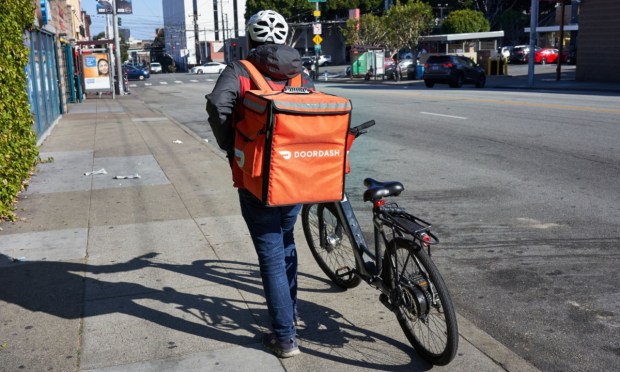
When gig workers in Seattle won higher wages, delivery apps like DoorDash hiked their fees.
Now, The Wall Street Journal (WSJ) reported Saturday (June 22), those companies are dealing with irate customers, a drop in restaurant orders, and a dearth of drivers.
According to the report, lawmakers in New York City, which also passed a law boosting driver pay, says these changes have helped workers.
But in Seattle, city officials are planning to roll back the city’s wage increase because of “outcry from drivers and restaurants over its devastating” impact, City Council President Sara Nelson told WSJ.
Delivery companies — who depend on gig workers to keep running — argue they can only afford to pay so many drivers in the wake of the pay raises. DoorDash and Instacart both announced fee increases in January for orders in Seattle following the city’s changes.
The report says Uber Eats’ orders in Seattle dropped 45% last quarter from the same period a year earlier after the company instituted a $4.99-per-order fee to cover the city’s new pay requirements. Both Uber and DoorDash say demand has likewise cooled in NYC, which requires companies to pay drivers at least $19.56 per hour before tips, up from an average of $5.39 per hour.
The WSJ also quotes Ro Singh, a Seattle-based researcher who had been ordering delivery meals multiple times a week before the wage increase went into effect. From there, he said, app prices “became absolutely nuts,” and he began picking up the food himself.
“It’s like double the price to order a $20 burrito now” compared with the pickup price, he said. “This is insane.”
As PYMNTS wrote earlier this month, the cost of delivery can make or break smaller retailers. For example, Spectrum News reported in April on Muddaddy Flats, a quesadilla restaurant in Troy, New York, shut down after 11 years in part due to rising fees from delivery aggregators.
“Right now we are making pennies on the dollar. Restaurants tend to make a 3-5% profit margin; we don’t have the room,” Melissa Fleischut, president and CEO of the New York State Restaurant Association, told the news outlet. “We don’t have the room to give away 20, 30%. But on the other hand, do you have the ability to turn away that customer that wants to get delivery and doesn’t want to come into the restaurant that night?”
And restaurants can’t afford to pass on this cost to diners, or risk losing them. Findings from the PYMNTS Intelligence study “Connected Dining: Rising Costs Push Consumers Toward Pickup” show that nearly 6 in 10 takeout customers would rather pick up their meals and avoid paying delivery fees.
Additional insights from the Connected Dining series show that, among people who do not use aggregators, 50% avoid them because they think the services are too costly.